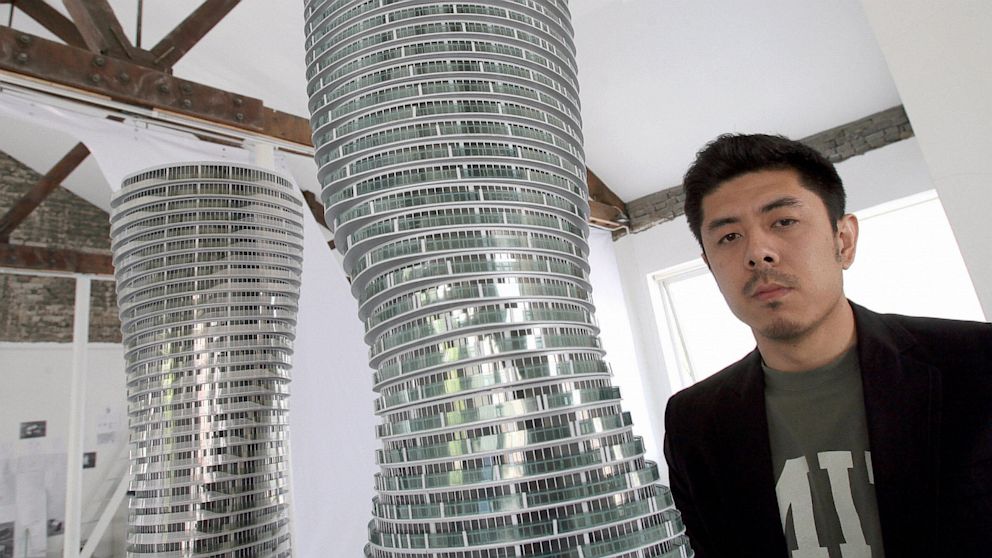Made in China: The Green Futurism of Architect Ma Yansong
Chinese architect Ma Yansong has taken the West by storm with his creations.

Aug. 25, 2013— -- Chinese architect Ma Yansong has taken the West by storm with his organic, futuristic creations. With proposals to cover Tianenmen Square in thick forest and build a floating city over Ground Zero, no one can accuse him of playing it safe.
Over the last decade, avant-garde European architects have helped reshape Beijing's skyline. Rem Koolhaas and Ole Scheeren's surreal CCTV tower and the futuristic, glowing Olympic Stadium conceived by the Swiss studio Herzog and de Meuron are just two of these new iconic Western imports. But now, a Chinese architect is reversing the trend. Rising star Ma Yansong has won a string of European architectural contests that will bring his experimental designs, which meld cutting-edge technology with an animist's awe of nature, to capitals on the Continent.
See the Photos: Chinese Architect Greens the Skyline
In a contest staged by the city of Paris to design a housing complex on the right bank of the River Seine, Ma and his firm, MAD architects, faced off against 95 architects from around the world to seize one of the coveted positions. In Rome, he took first place in a competition to redesign a residence near the gardens and galleries of the Villa Borghese. With both projects set to be launched in 2014, Ma was then invited to outline a master plan for a massive 200,000-square-meter commercial and retail project in Amsterdam's Zuidas business district.
He unveiled architectural drawings for structures that resemble a cluster of crater-tipped mountains. The Zuidas project echoes Taoist paintings of peaks and pagodas, in homage to the ancient Eastern philosophy focused on connecting humanity to the surrounding ecosystem. Its volcano-shaped towers will be linked with a meandering series of courtyards, waterways, and pavilions that organically unite the complex -- and will utterly transform the Dutch capital's skyline.
The Power of Nature
Ma says that the "machine age" drive to build grid-shaped cities filled with cubic buildings that race each other into the sky -- first in the West, and now in China -- alienates people from the spirits of nature and from each other. Silo-like skyscrapers, he says, should give way to structures that emulate the forces and forms of nature -- clouds, mountains, waves -- in cities of the future.
Ma obtained a master's degree in architecture from Yale University, where he found a mentor in world renowned Iraqi-British architect Zaha Hadid. Hadid gave him books on contemporary avant-garde sculptors and engaged him in a one-on-one freeform dialogue on the art and architecture of the future. It was in Hadid's class that Ma proposed memorializing the just-destroyed World Trade Center with a fantastical "Floating City" -- a miniature metropolis in the clouds, built atop gigantic pillars, that would feature workspaces surrounded by wildlife gardens.
Despite the September 11 terrorist attacks, "I thought New York was full of hope, and that it deserved something really powerful and futuristic," Ma says of the Floating City design.
After returning to Beijing to open his MAD studio, Ma responded to an online call to design twin skyscrapers on the outskirts of Montreal in 2005. He took first place -- his first win in a global competition -- by designing two curved helix-like structures that seem to revolve in mid-air, and that make rectangular skyscrapers nearby seem primitive by comparison.




